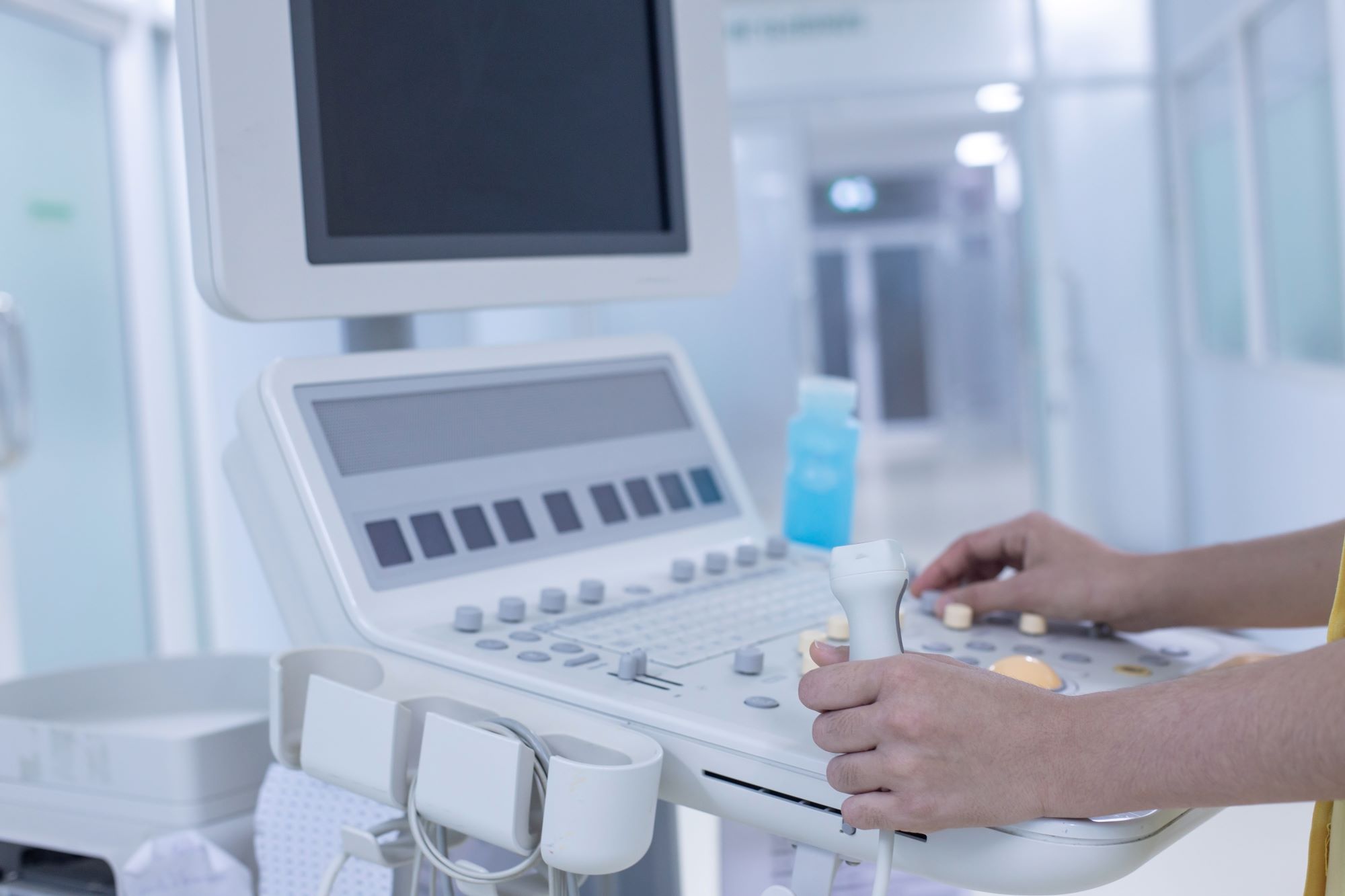Currently, there are no disease-specific therapies to treat myocarditis, it occurs most frequently in men under the age of 50, especially between the ages of 16-30 years old, and women are at the greatest risk after reaching 50 years old or when they are postmenopausal. Typically an echocardiogram is the most common method to measure heart function, and in this way, physicians can screen for heart conditions such as myocarditis or inflammation of the heart muscle.
An echocardiogram is a test that shows how blood moves around the chambers of the heart and valves. This helps to identify cardiac strain which is a measurement that shows how well the heart muscle can move, when the muscle is inflamed it can stiffen. It’s important to know the left ventricle function as it is the most muscular and hard-working heart chamber.
“Cardiac strain also can be used to assess patients for changes in heart function during earlier stages of disease, which means doctors can treat them earlier to mitigate long-term, irreversible heart damage,” says the study’s senior author, DeLisa Fairweather, Ph.D., vice-chair of translational research for the Department of Cardiovascular Medicine at Mayo Clinic in Florida, where she also leads a Translational Cardiovascular Disease Research Laboratory.
For this study, a model of viral myocarditis was used to compare sex differences in mice with myocarditis to a control group after ten days of infection. According to the researchers, sex differences exist in cardiac strain during myocarditis which was not previously known; and that the worse cardiac strain in male mice with myocarditis correlated with more cardiac inflammation than in their female counterparts. Results suggest that worse cardiac function may correlate to the severity of cardiac inflammation.
Different echocardiography imaging techniques were analyzed to measure heart function. The results revealed that the more traditional techniques had limits and only showed a small portion of the total picture of how the heart changes during disease progression. This data allowed the researchers to predict which mice would be most likely to suffer from heart failure, which also occurs in men more often.
“Until now, we have not had access to technology that can precisely describe small changes in cardiac function during acute myocarditis,” says Dr. Fairweather. “Using a novel 4D echocardiography imaging technique in mice, we more precisely described functional changes in cardiac strain that occur during myocarditis by sex. Knowing how our model functionally relates to human disease allows us to draw clearer conclusions as to the efficacy of novel treatments moving forward that can save patients’ lives.”
These findings highlight the importance of using cardiac strain to assess cardiac function in those with suspected myocarditis, focusing on sex differences, which are associated with clinical outcomes. The researchers hope this work opens paths to future clinical trials in humans as it demonstrates key differences in cardiac function between male and female mice with myocarditis that match what is found clinically in patients.
As with anything you read on the internet, this article should not be construed as medical advice; please talk to your doctor or primary care provider before changing your wellness routine. This article is not intended to provide a medical diagnosis, recommendation, treatment, or endorsement. These statements have not been evaluated by the Food and Drug Administration.
Content may be edited for style and length.
References/Sources/Materials provided by:
https://newsnetwork.mayoclinic.org/
https://www.sciencedirect.com/science/article/pii/S2589004223025701
https://onlinelibrary.wiley.com/doi/full/10.1002/smll.202303317




